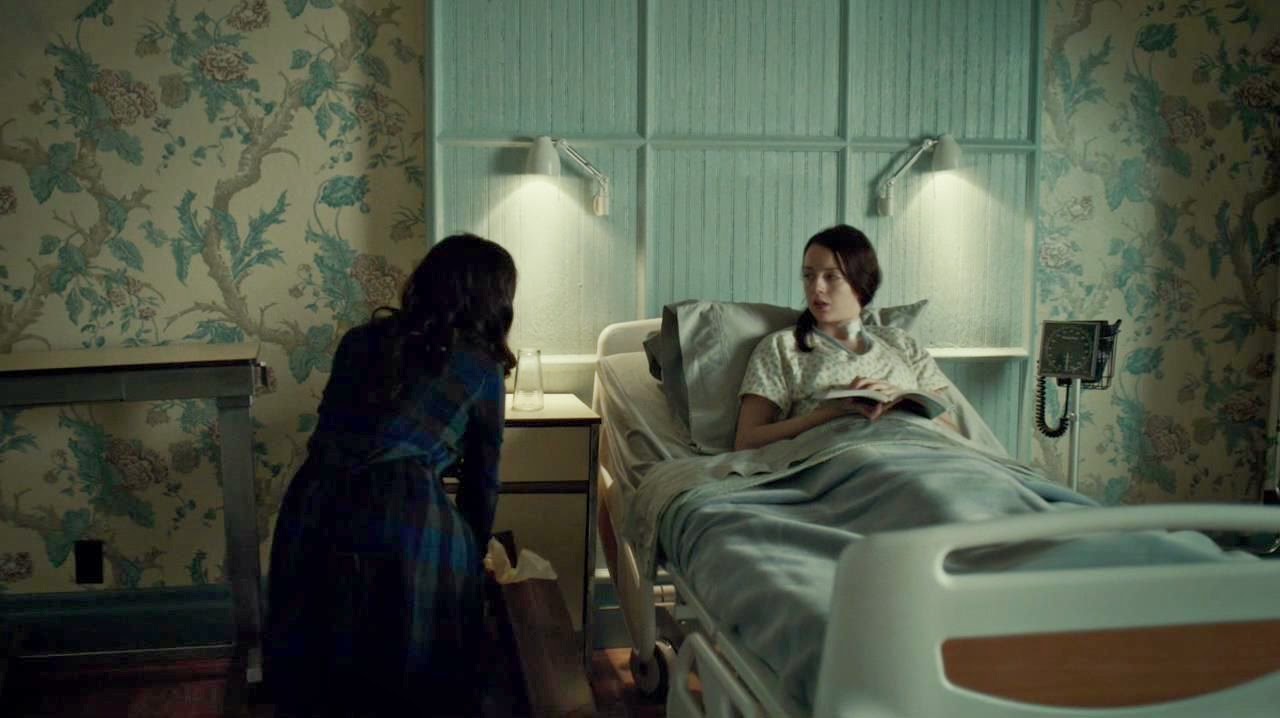I'm going to be at two conventions in August, both in London! The first is
Nine Worlds (A.K.A. London Geekfest), a really fun-looking media and fan-culture convention on August 8-10. The second is LonCon3, the
World Science Fiction Convention, August 14-18.
I'll be on several panels at each con, and while I suspect my Nine Worlds schedule is probably more relevant to this blog's audience than my WorldCon panels, hopefully some of you guys will be there anyway! Here are the panels I'll be participating in, if any of you are gonna be at WorldCon or Nine Worlds next month. :)
Nine Worlds
All of
my panels at Nine Worlds are somewhere called "County B," which I assume will make more sense once we're actually at the convention center.
Friday
22.15 - 23.30, The Fanvid Phenomenon. I love fanvids, and am looking forward to learning more about the creative side of them from some
actual fanvidders on this panel!
Saturday
22.15 - 23.30, Collaborative Fanworks. A couple of months ago I contributed to a Captain America fanfic written and drawn alongside several other fans, called
Steve Rogers at 100: Celebrating Captain America on Film. It tells the story of various different (nonexistent) Captain America movie adaptations set within the Marvel Cinematic Universe, and has somehow led to me being on this convention panel about creativity and collaboration in fandom. IDEK, you guys. IDEK.
Sunday
09.00 - 09.45, Remixing the remix: The etiquette of transforming fanworks. This is a panel about remix culture within fandom, but since it's at 9am, I have no idea what it will be like. Hopefully I'll be awake and coherent enough to not make an idiot of myself, anyway.
13.30 - 14.45, Fashion, Costume and Inspiring Fans: three talks on fashion and costume. I'm doing a talk on movie costume design! This is undoubtedly the thing HelloTailor readers will be most interested in, and I'd really love it if any of you decided to show up. :)
17.00 - 18.15, Legitimacy and Monetization of Fandom. This is a really interesting topic for me because I write a lot about the media campaigns behind big-budget franchises like
The Hunger Games and Marvel, which leverage the power of fandom to help publicise their movies. However, I'm also the managing editor of
a publishing company that was crowdfunded by the fan community, so I have a personal perspective of the indie side of things. One of our authors,
Erin Claiborne, will be on this panel too, as well as a couple of other panels throughout the convention. You'll be hearing more about her soon because her book is coming out this Autumn!
WorldCon/LonCon3
I know far fewer people at WorldCon than at Nine Worlds, so feel free to contact me (Twitter
@Hello_Tailor is probably easiest) if you want to meet up or recommend a particular event!
Thursday
18.00 - 19.00, Capital Suite 7+12, The Superhero-Industrial Complex. REALLY psyched for this panel, where we'll be discussing Marvel's success with the mega-franchise model of releasing multiple movies set in the same universe.
Friday
15.00, Producer and Celebrity Relationships with Fans. This is a discussion panel and Q&A on the topic of actors, creators and celebrities breaking the so-called
fourth wall between fans and celebrities.
Saturday
12:00 - 13:30, Capital Suite 3, Commercializing Fans. Another panel where I'll be appearing in my capacity as managing editor of
Big Bang Press, discussing the intersection of fandom and business.
Monday
11:00 - 12:00, Capital Suite 16, The Internet and the Evolution of Fan Communities.
I'll also be appearing at
GeekGirlCon in October, in Seattle. But I'll post more about that in a couple of months, once I know my schedule!






























